Current Scholars--Research interests of CSUF SCERP-SUReA scholars, Summer, 2024
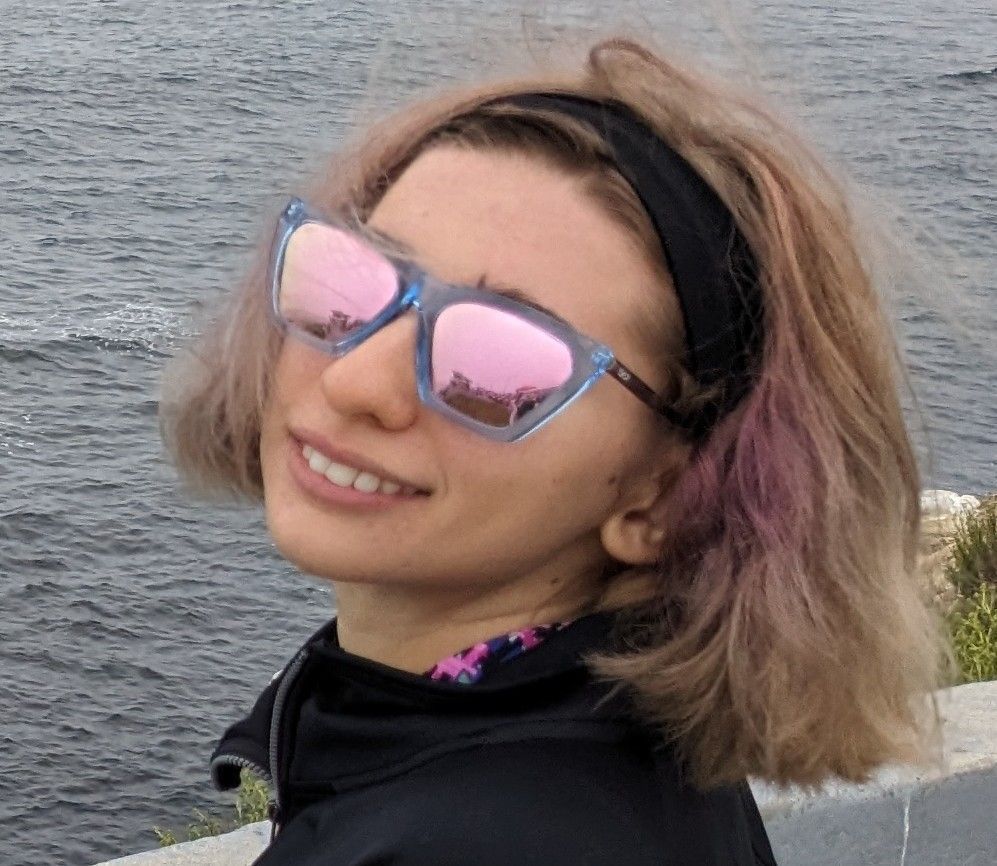
Erica Strozier :
Erica has broad interests in plant ecology. She is especially fond of California natives and desert plants. Currently, she is working in Dr. Sandquist's lab testing mechanisms of seed dormancy for coastal sage scrub species. She hopes her studies will improve recruitment of uncommon native species in coastal sage ecosystems and restoration settings.
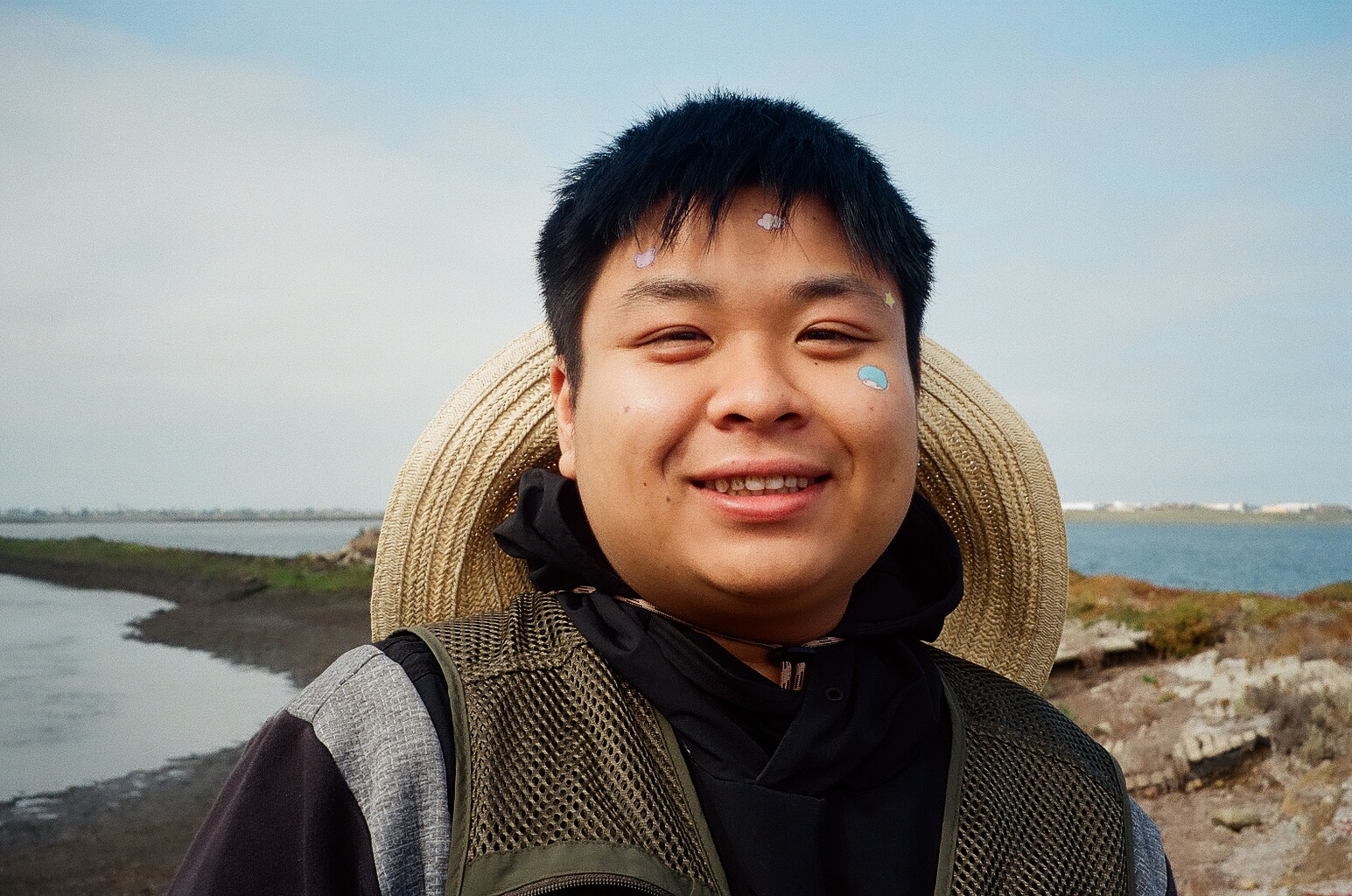 Jayden Phongcharern:
Jayden Phongcharern:
As global temperatures continue to increase, heat waves may intensify thermal stress on intertidal marine bivalves. While the thermal tolerances during submersion are known for both the native west coast oyster, Ostrea lurida, and non-indigenous oysters, Magallana gigas, their thermal tolerances during emersion are unknown. Jayden’s project investigates how solar exposure affects the distribution of adult M. gigas. Working in Dr. Zacherl’s lab, Jayden, along with other researchers, conducted a pilot study to measure oyster density in July 2023 on a concrete cube at Gunpowder Point, San Diego Bay, CA, USA. The research team also deployed temperature loggers were placed on each side of the cube. Using a one-tailed T-test, thermal traces show that when northern and southern sides were combined, northern facing sides (NE, NW) experienced higher temperatures compared to southern facing sides (SE, SW) of the concrete block. Further research will include collecting a year's worth of temperature data at this site to analyze thermal traces of each block side over varying seasons of a single year. Understanding how solar exposure affects density patterns of M. gigas will inform current and future restoration efforts of the native O. lurida.
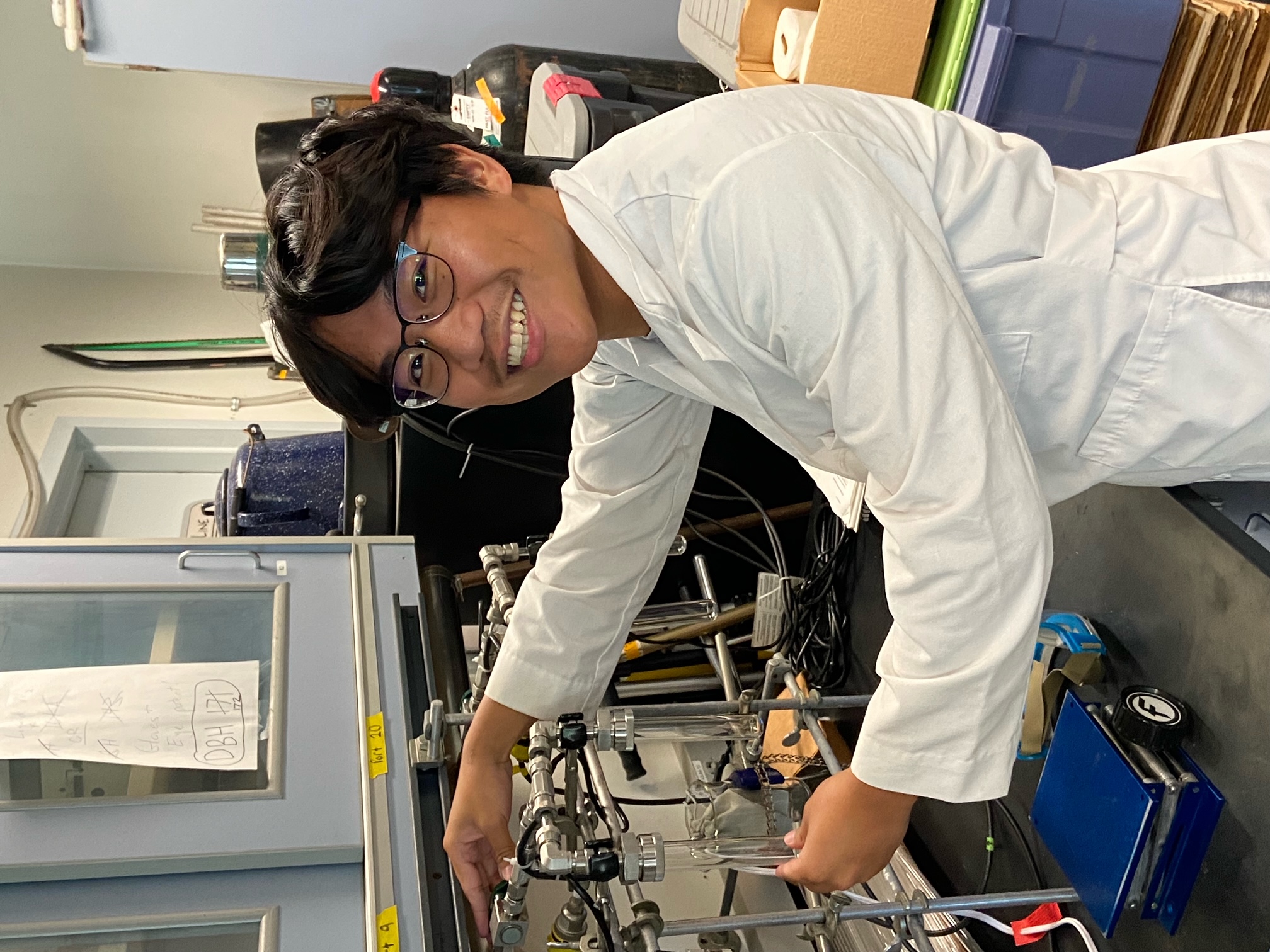
Denver Dingle:
Denver is a biology major with a concentration in plant biology. He is interested in plant conservation and geographic information systems (GIS). Denver has restored the cryogenic water-extraction system in Dr. Sandquist's lab and is using it to collect water from the stems of desert shrubs. By analyzing the stable hydrogen isotope ratios of stem water, Denver is constructing the spatial patterns of water acquisition by roots of creosote shrubs. In addition to doing research Denver enjoys gardening and is a member of the CSUF Archery Club.
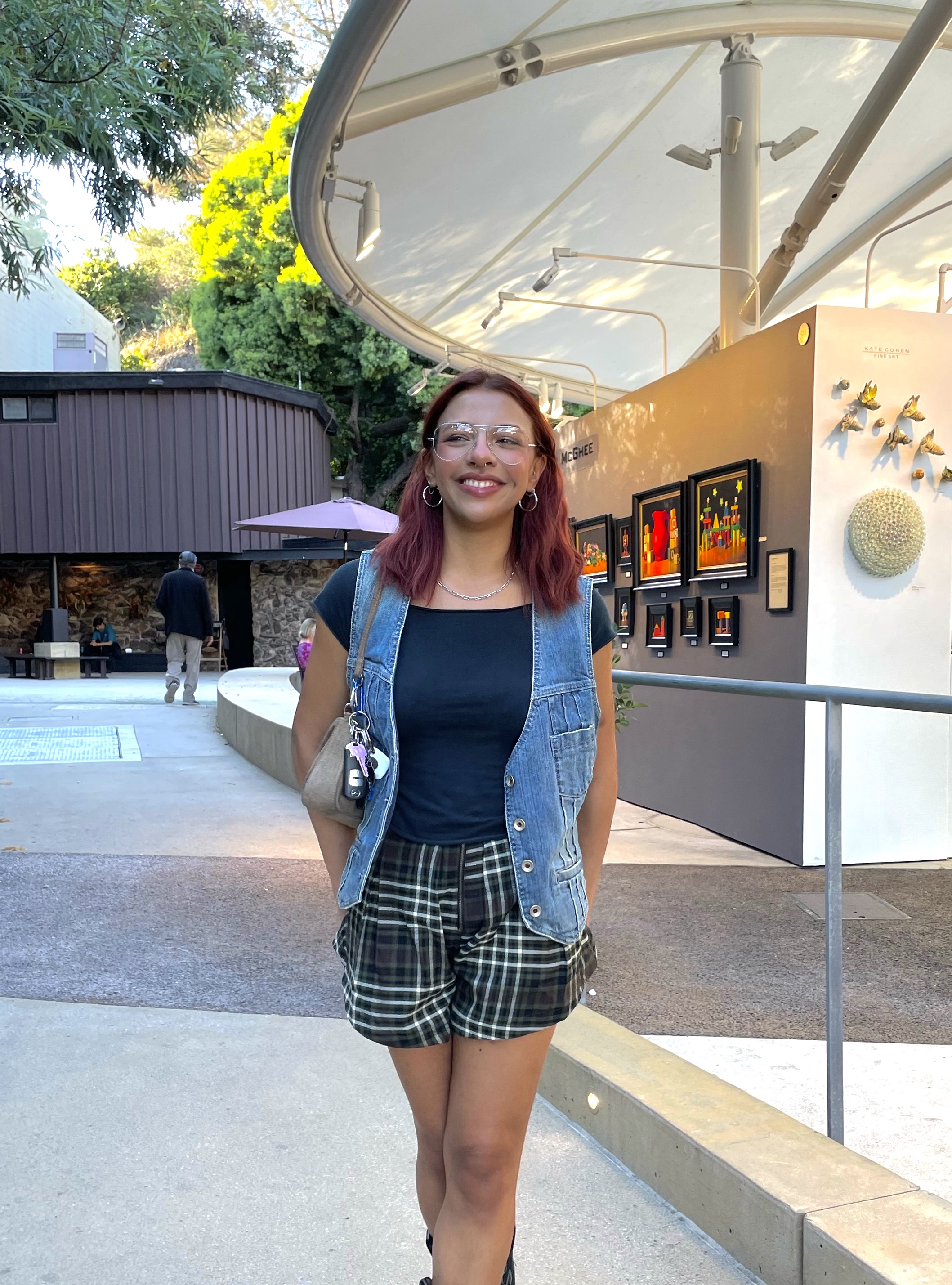
Hanna Landazuri:
My summer SCERP-SUReA research project focuses on documenting the development of a native North American lizard, the Chuckwalla (Sauromalus ater). Twenty-one embryos have been collected and preserved at different stages of development. My project will consist of clearing and staining the specimens, a technique that clears the tissue, stains the bones red and cartilage blue, so that the skeletal structure of the specimen is visible. A chuckwalla developmental series has not been documented before, so I will use the series to compare the skeletal structure development of the species to other closely related species that have been documented. Under the mentorship of Dr. Kristy Forsgren and Dr. William J. Hoese, I have been developing and modifying a set of procedures that can be used with all of our samples, as well as any additional future embryos provided by Dr. Chris Tracy, Director at UC Riverside’s, Boyd Deep Canyon Desert Research Center. I have been working with Emmanuel Ramirez, a graduate student in the Forsgren lab, testing and altering different diaphonization techniques and procedures on a specimen and optimizing steps so that the specimen can be successfully cleared and stained. Once perfected, I will use this protocol to clear and stain the remaining specimens. I will then describe the developmental stages of chuckwallas and compare their development to closely related species.
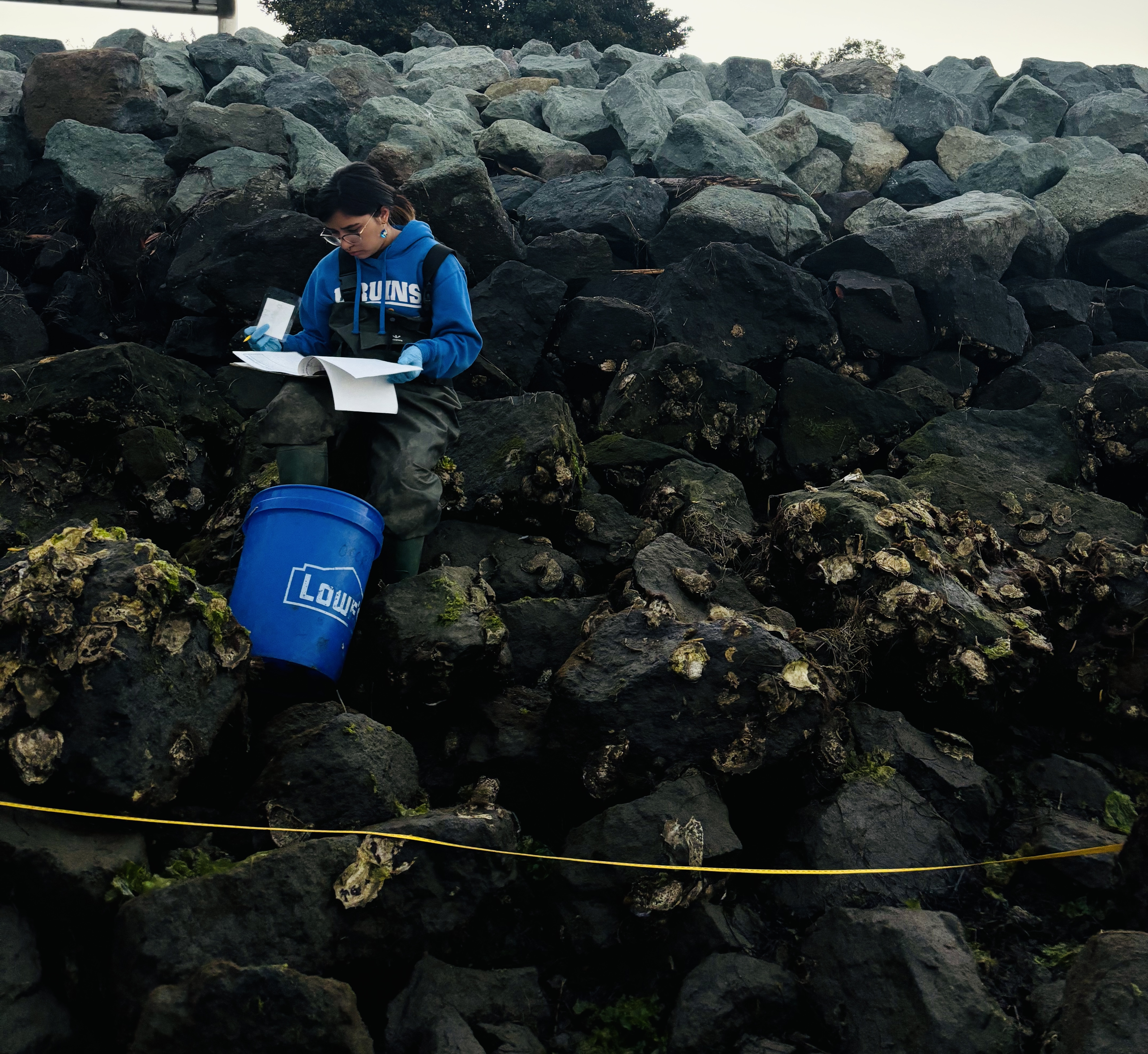
Avery Marroquin:
My research is about determining whether oyster reefs are producing healthy or unhealthy soundscapes through the presence or absence of ambient sounds that are being produced by other soniferous invertebrates that coexist on the oyster reefs. I am working in the Zacherl lab to develop methods to record and analyze soundscapes on oyster reefs. My hypothesis is that soniferous soundscapes will predict whether oyster recruitment will be successful.
